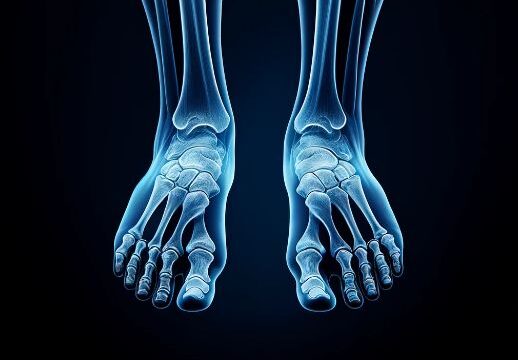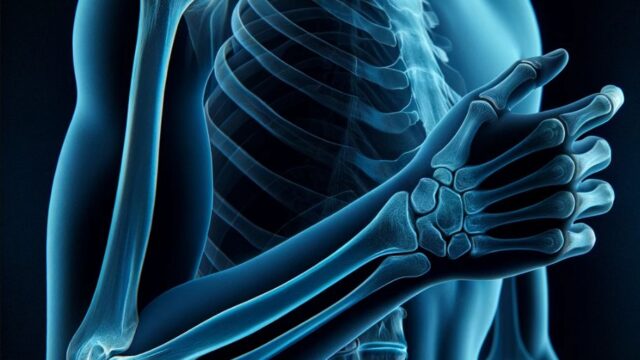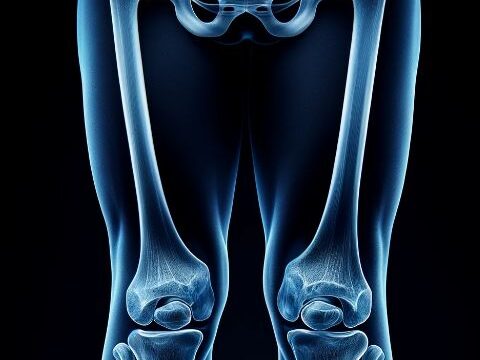Purpose
RPO : Observation of the right posterior rib.
LPO : Observation of the left posterior rib.
RAO : Observation of the left anterior rib.
LAO : Observation of the right anterior rib.
Prior confirmation
Confirm the affected area (upper ribs, lower ribs).
Remove any obstacles that may interfere, such as necklaces, buttons, etc.
Positioning
Upright or supine position. If the area of interest is above the diaphragm, which is influenced by gravity, an upright position is suitable. If the area of interest is below the diaphragm, a supine position is appropriate.
For anterior rib areas, use a posterior-anterior (PA) view. Rotate the patient’s body 45° in the coronal plane so that the spinous processes of the vertebrae face away from the affected side.
To avoid overlapping with the upper ribs, lift the chin.
Place markers (R, L) accordingly.
Position a marker ( * ) at the same level as the affected area.
Align the midpoint of the patient’s torso’s lateral border and the spinous process with the cassette’s center.
If possible, lift the arm on the side being examined.
For areas above the diaphragm : Position the cassette to include the prominent vertebra.
For areas below the diaphragm : Position the cassette to include the costal arch (two fingerbreadths above the iliac crest).
CR, distance, field size
CR : Perpendicular to the cassette’s center.
Distance : 100cm.
Field size : Include the lateral edges of the torso, starting from the thoracic vertebrae.
For areas above the diaphragm : The upper edge should include the prominent vertebra.
For areas below the diaphragm : The lower edge should include the costal arch.
Exposure condition
75kV / 32mAs
Grid ( + )
For areas above the diaphragm : Full inspiration.
For areas below the diaphragm : Full expiration. (This reduces abdominal thickness and improves contrast in the image.)
Image, check-point
Normal (Radiopaedia)
Affected area (marked by ◎) are included in the image.
The affected rib should be identifiable and countable.
Minimize motion blur.
The affected area should exhibit clear visibility, adequate contrast, and tolerance for accurate diagnosis.
The image should include the entire span from the thoracic vertebrae to the ribs.
For areas above the diaphragm : The 10th rib can be seen above the diaphragm.
For areas below the diaphragm : The 8th rib can be seen below the diaphragm.
Videos
Related materials


















